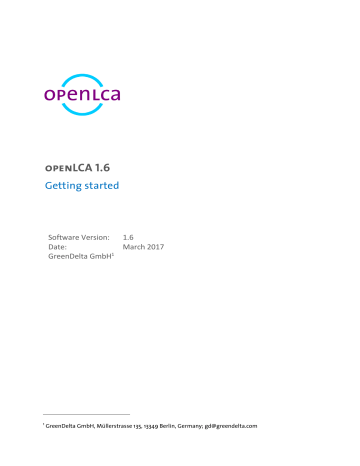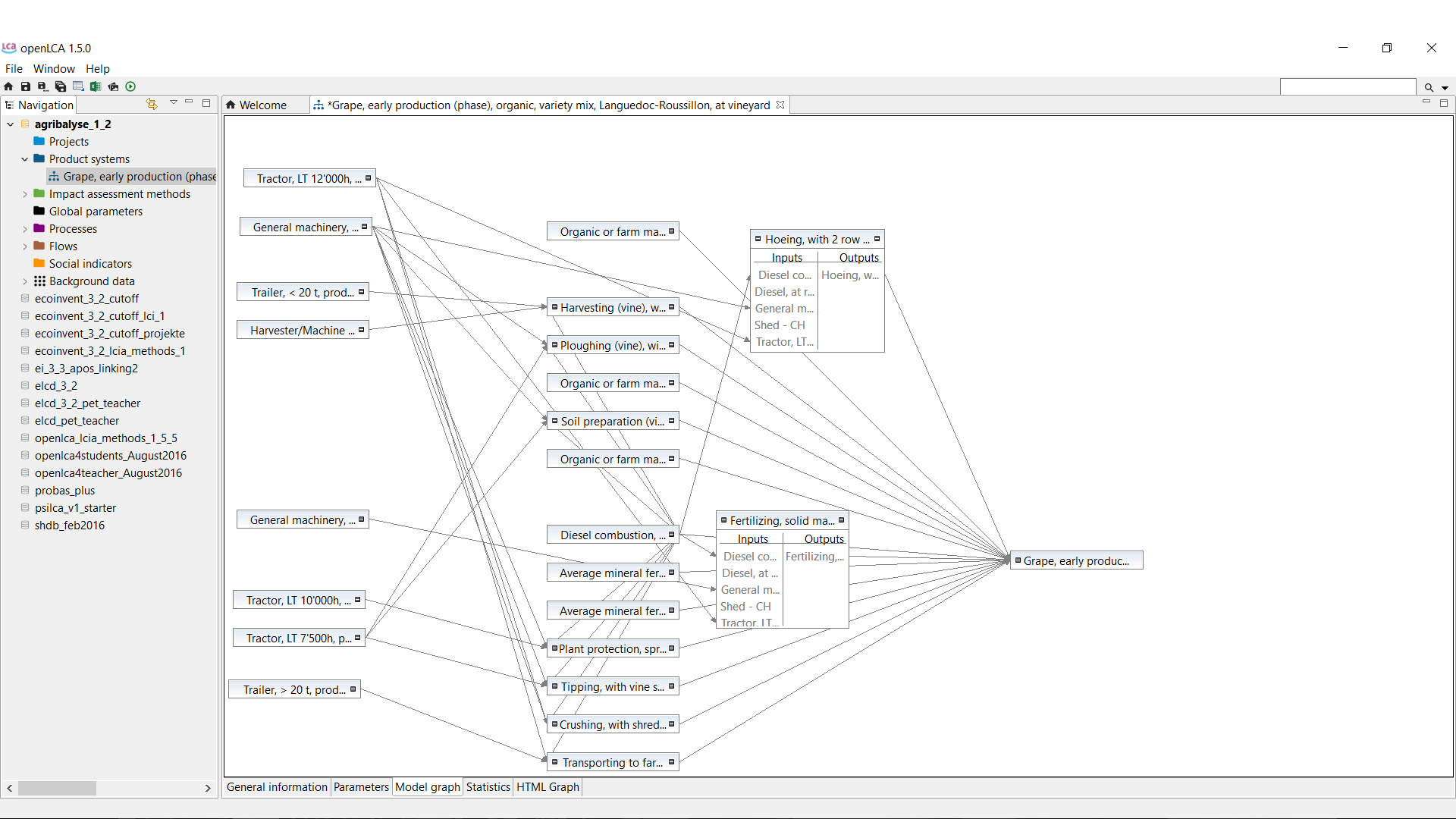



Uncertainty analysis and sensitivity analysis are two types of tools we can use to explore the efficacy of LCA models and the quality of inputs. By improving our understanding of the sources of uncertainty in LCA and learning methods to mitigate them, practitioners can create more transparent reports and communicate more robust findings. Real and perceived issues with the reliability of LCA methods and datasets can lead to a lack of trust in LCA results. This workshop will cover the basics of how LCA can be used to inform scope 3 accounting, provide a valuable update on how the accounting landscape has changed and conduct activities on the ways LCA can support emissions tracking over time.Ĭoncerns with the accuracy and reliability of life cycle assessment results are major barriers to broader adoption of LCA. Another key update is the preliminary release of the GHG Protocol’s Guidance for Carbon Removals and Land Use, which impacts how scope 3 accounting addresses biogenic carbon, carbon removals and impacts from land use. SBTi updated its ambition in July 2022 to align itself to the near-term SBTs for net zero targets.

Previous presentations and webinars to ACLCA and other groups have been given on the useful role that LCA can play in scope 3 accounting, but the accounting framework evolves over time, requiring continual updates to the understanding of how LCA can apply to scope 3 accounting. Life cycle assessment (LCA) can be a useful tool for understanding the scale of emissions, determining opportunities to reduce emissions and tracking changes over time. As companies advance along their sustainability journey, they look to understand their value chain impacts and set targets to manage and reduce them over time. Scope 3, or value chain, greenhouse gas (GHG) emissions often vastly outweigh the emissions of an organization’s direct operations, but their indirect nature can complicate quantification.


 0 kommentar(er)
0 kommentar(er)
